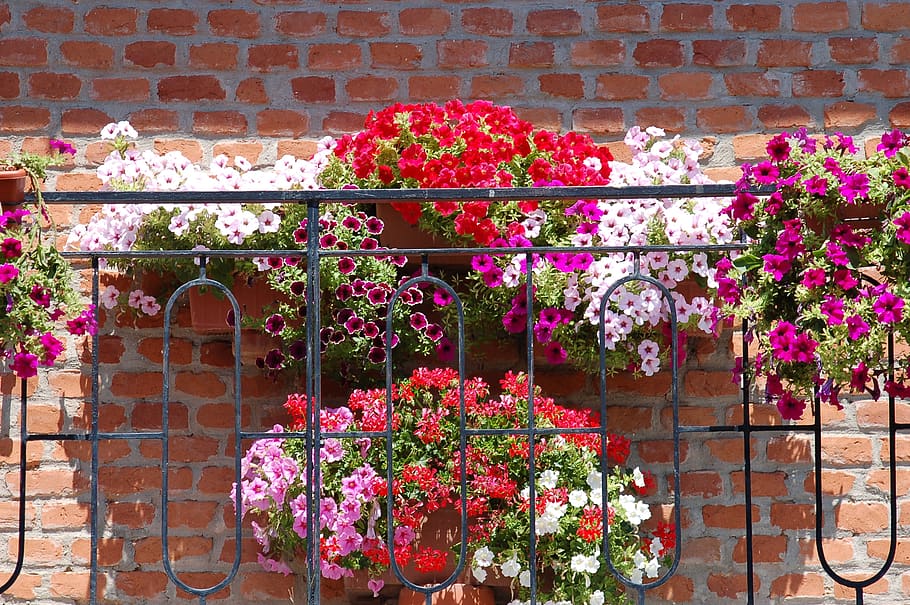Aubergines are very versatile in the kitchen. They can be used for various preparations and have a natural concentrate of essential properties for our health. Regardless of what most markets offer, aubergines, also known as eggplants, come in various shapes, colors, and sizes. They belong to the Solanaceae family but unlike their family members, tomatoes, peppers, and potatoes, growing eggplants can be pretty tricky. Here are some tips to help you out with this!
How to Grow Aubergine in The Garden
Why not try growing aubergines directly in the garden or pots on the balcony? The process is simple and does not take much time.
Before you start, it is good to know that growing aubergines requires a climate with temperatures that do not drop below 12 degrees at night. Try to place them in the warmest area you can find.
Soil Suitable For Growing Aubergines
First of all, you should make sure that the soil in which you will grow aubergines is well-drained and with a pH between 5.5 and 7.2 before you start growing. You can also try natural and DIY products such as compost to fertilize the soil.
Sowing and Transplanting Eggplant Seedlings
If you choose to sow, the best time is January/February in warmer climates and March in areas with cooler temperatures. Sowing should be done in a heated and protected bed: to encourage seed germination, try to keep the seeds in a damp cloth for about a week before burying them.
On the other hand, if you decide to start from seedlings, just plant them in the ground or a pot after buying them. The most important thing to encourage their growth is to place them in rows 40-50 cm apart. Make small furrows in the soil, place the seedlings in them and cover them lightly with soil. Be sure to put a wooden or iron support next to each plant to support it during the growing phase.
Watering
Initially, water reasonably frequently, at least 2-3 times a week. However, do not water the leaves to prevent the spread of parasites. Only water the plant as often as the soil is dry. In summer, however, you should water the plant every day with a moderate amount of water.

Aubergine
Pruning
Regularly loosen the soil with a hoe to oxygenate it and remove weeds. Be sure to protect the plant from high and low temperatures with mulch. Remove the yellowed basal leaves, which can be a carrier of fungal diseases in contact with the soil because they prevent proper crop ventilation.
Harvesting Aubergines
Harvesting usually takes place between the end of August and the first half of September. Aubergines are harvested especially when their skin has lost its characteristic shine and has become dull: even if they have not yet reached an adequate size, not picking the fruit will only mean a loss of quality and flavor. Once harvested, the fruit cannot be stored for long, and make sure not to store at temperatures below 8-9 °C for more than 15 days, as the flesh is firm and the fruit will be spoiled. Cut the aubergines from the plant using a sharp knife or scissors.
Growing Eggplants in Pots
To grow aubergines in pots directly on the balcony or terrace, use a pot at least 40-50 cm in diameter and the same height. Place the seedlings directly, one at a time, in the pot, and if the variety of aubergine you have chosen is not dwarf, provide the plant with a particular support stem. Even in the case of pot cultivation, watering must be regular and deep and must avoid the leaves.
Have you ever tried growing aubergines? Share your experience with us in the comments below!



